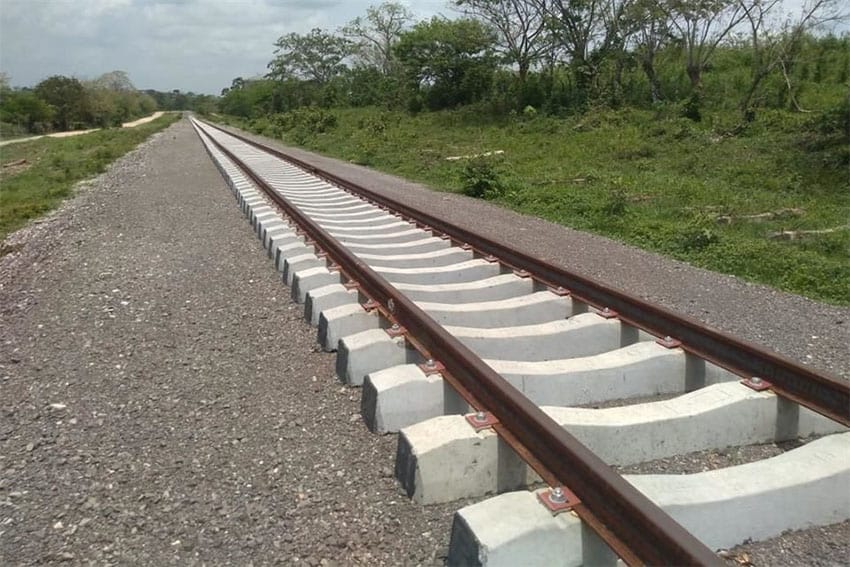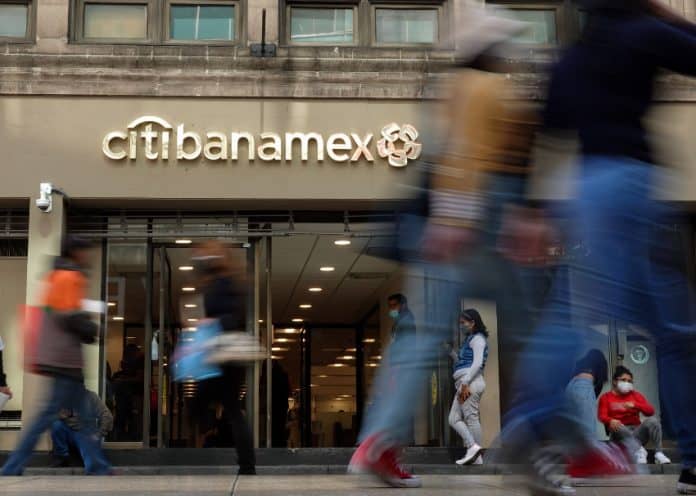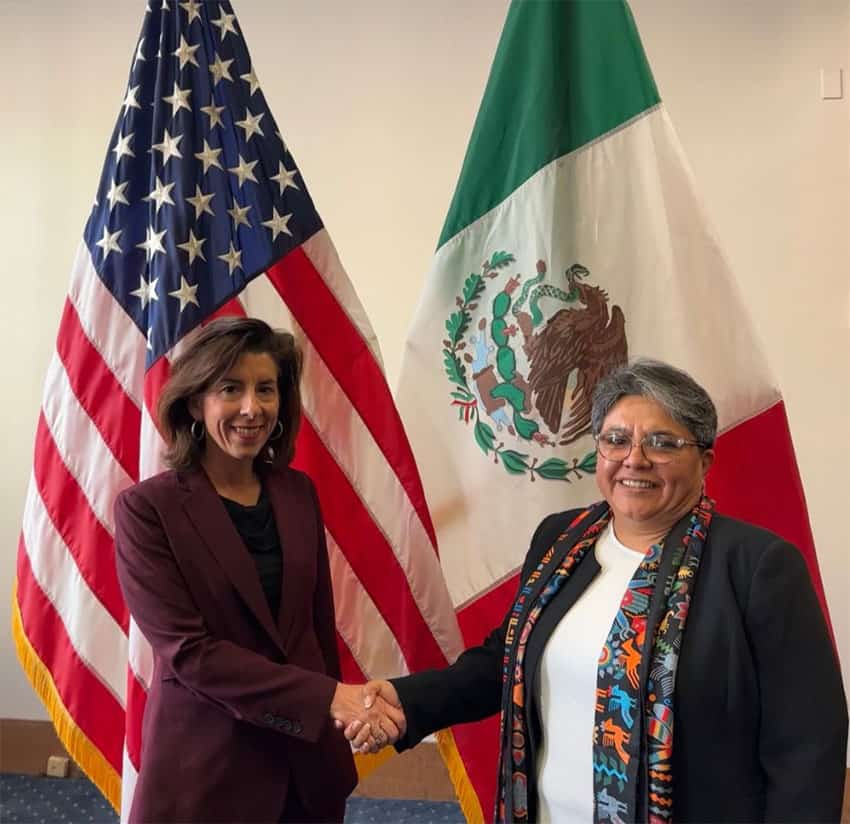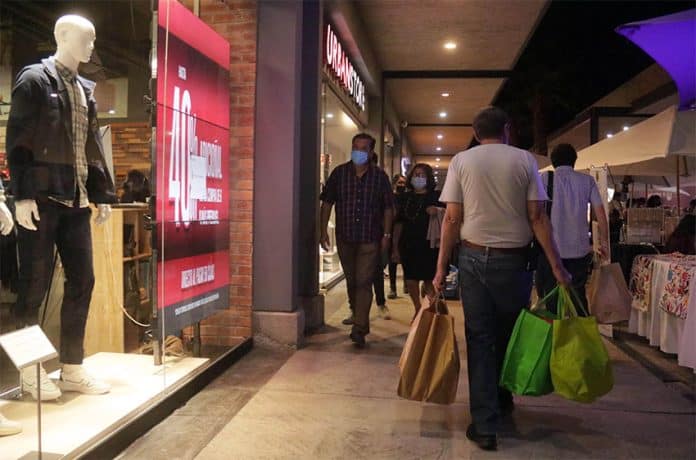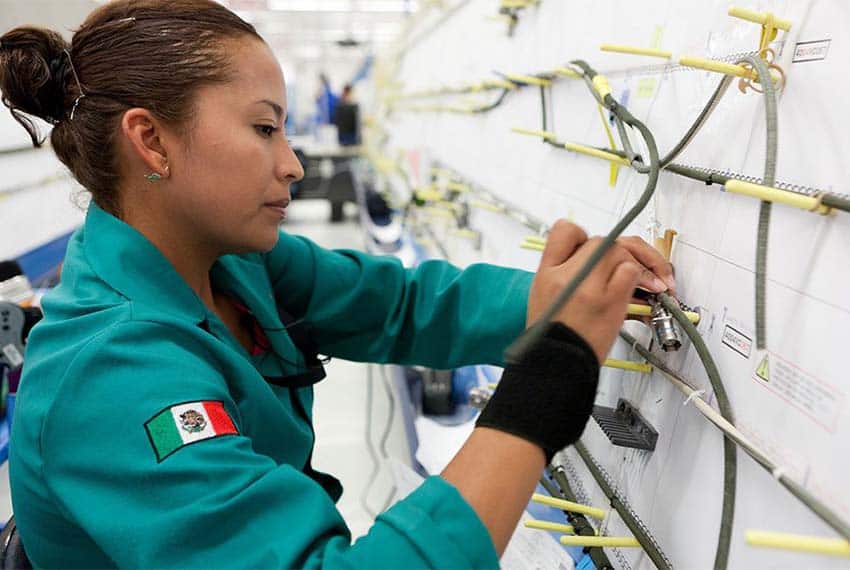Driving along a road 15 to 20 miles north of the U.S.-Mexico border, American journalist Todd Miller stopped to offer water to an undocumented Guatemalan migrant named Juan Carlos. When the man asked for a ride to the next town, Miller hesitated. U.S. law forbids furthering the presence of an undocumented migrant in the country.
Miller was so consumed by this moral dilemma involved in his decision, and the broader issues it represented, that he wrote a book about it: “Build Bridges, Not Walls: A Journey to a World Without Borders,” published earlier this year by City Lights Open Media.
“I can’t even say what I did in that moment,” Miller said in a Zoom interview. “I can leave it to your suspicions what I did … But the whole moment just followed me throughout as I wrote the book.”
The Tucson-based author describes this volume as centered around “the question of the border, what it is, what it does, its effects, what you can and can’t do about it.”

Asked about another current border crisis — the war between Russia and Ukraine — he said, “So many borders all across the world all kind of do the same thing; it’s tailored in different ways, in different contexts. But whether it be a war or a famine … they always trap the same people.”
Miller noted that Ukrainian refugees have been offered an exemption from the U.S.’ Title 42 policy, which allows Customs and Border Protection to immediately deport detained undocumented migrants to Mexico, no matter their country of origin.
“People coming from Central America have never been approved,” he said, including asylum seekers fleeing for their lives. “These sorts of sympathies are not given.”
It’s Miller’s fourth consecutive book about borders, although he said this wasn’t planned.
His first book, “Border Patrol Nation,” arose in the post-9/11 world of increased American immigration enforcement along the Rio Grande. “Storming the Wall” examined the role of climate change and displacement in borderlands, including between the United States and Mexico.
“Empire of Borders” follows the money, as Miller describes it, namely U.S. government funds for border operations abroad — from the Mexican-Guatemalan border to the one between Israel-Palestine to the so-called maritime border in the Philippines.
“My fourth book is almost a reflection on those three other books,” Miller said, calling it “more meditative, reflective, [with] even a philosophical piece to it.”
Borderlands have been a focus in Miller’s career as a journalist, with much of that time spent in Mexico; that includes four years in Oaxaca and one year in San Luis Potosí. Two decades ago, he also worked as a human rights observer in Chiapas, following the Zapatista rebellion led by Subcomandante Marcos.
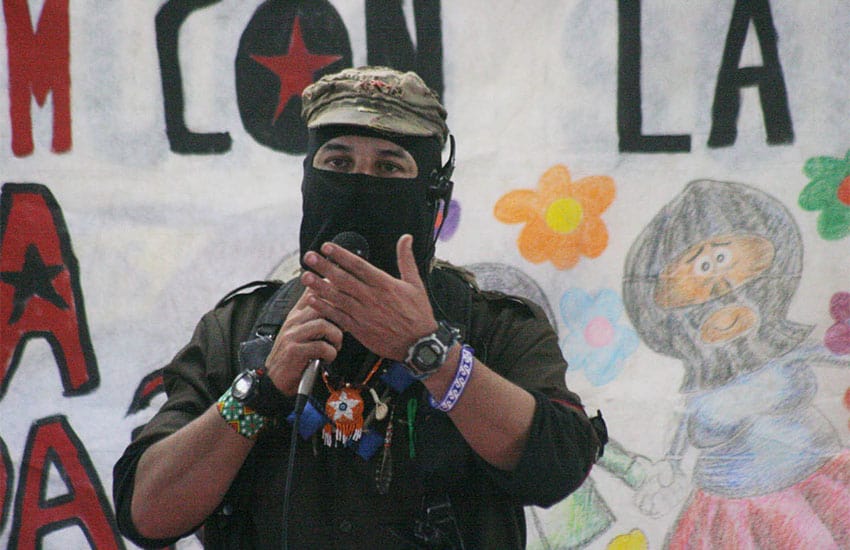
Miller sees connections between his encounter with Juan Carlos north of the Rio Grande and his experiences with the Zapatista National Liberation Army (EZLN).
The Guatemalan migrant had traveled 1,500 miles from his homeland, he notes, and speculates in the book on what might have motivated the man to make such a journey: climate issues, economic marginalization, violence.
“As I was reflecting on this sort of thing, it led me to experiences I had two decades ago in Chiapas … what happened during that time … the kind of demands the Zapatistas had – liberty, justice, democracy …”
“Of course,” he says, “the Zapatistas did get more detailed.”
Overall, Miller said, “It should be quite apparent in the book how important Mexico is to me in my way of thinking. I really owe a lot to the country — the people and the country — in the way I look at the world.”
“Mexico, just in general,” he added, “has been a huge influence on me.”
In the book, Miller documented his visit to the San Juan Bosco shelter near the Nogales-Sonora border, where he had come with a group of students for a firsthand look at the migrant crisis.
It happened to be the night of then-president Donald Trump’s State of the Union address, where Trump would address the border and immigration. Yet the group’s attention was redirected when one of the migrants posed an impromptu question.

“An older woman asked the group what benefit does it bring us that you are here?” Miller recalled. “I didn’t get the sense she meant it as a rude question. I got the sense she was talking really directly to the students … ‘I’m in this shelter … I just got deported [from the U.S.], you know, what are you going to do?’ It was really direct.”
Later, he said, “She asked again … Every time she asked the question, there followed this awkward pause … I didn’t know what to say … What could we do? What on earth could we do?”
“She answered for us,” he says. “‘You’re going to come down and tear down the Berlin Wall.’ We all looked at each other and were like, ‘Yeah!’ … We did not want to do anything else than go down to Mexico, to the international boundary, and tear down a 20-foot wall.”
But Miller also acknowledges the historical complexity of the border situation between Mexico and its northern neighbor, noting the roles of Mexican independence from Spain in 1821, the Treaty of Guadalupe Hidalgo that ended the Mexican-American War in 1848, and the Gadsden Purchase of 1853.
He also said that the borders have been drawn up without consideration for the Tohono O’odham indigenous people, who have inhabited the region for thousands of years.
“You think of borders; now the border is almost presented as an innocuous thing,” Miller said. “[But] you think about how it was formed, how it was made, very violently… impositions, land-grabbing, threats, killing, blood.”
“The border itself still carries that violence,” he said. “You see a significant part of the border between the U.S. and Mexico — and many other borders around the world — it is a violent entity. It’s not innocuous. Anyone reporting on it, living on it, [who] sees it on a daily basis, knows this.”
On that day when he encountered Juan Carlos, Miller noted the militarization of the area by the Border Patrol — from security cameras to drone systems. The U.S. “Prevention Through Deterrence” policy established in the 1990s compels migrants to forgo crossing the border through the traditional route of cities and instead opt for the far more dangerous desert.
In 20 years of reporting on the US-Mexico border this is one of the most destructive, truly damaging and wasteful things I’ve ever seen, which is really saying something. This will cost $100 million, keep nobody out & forever harm endangered ocelots, jaguars and other species pic.twitter.com/WoPVwjAHbS
— Melissa del Bosque (@MelissaLaLinea) November 30, 2022
In Arizona, Governor Doug Ducey has been placing a wall of shipping containers along the Mexico-U.S. border in his state, which opponents say harms wildlife.
The author also notes the grim death toll among migrants: according to the CPB, at least 8,000 people have died crossing the border since 1998, based upon the number of human remains that have been found. Human rights and aid organizations estimate the true total is three to 10 times more.
“Running into Juan Carlos that day, it could have been another person the day before, or a group of people the day after,” Miller said. “This is happening every day in many places.”
Rich Tenorio is a frequent contributor to Mexico News Daily.


